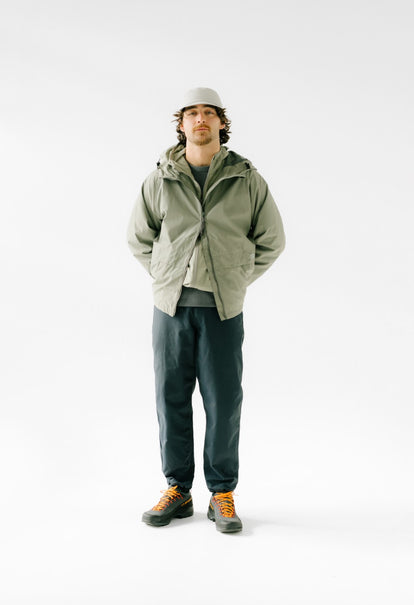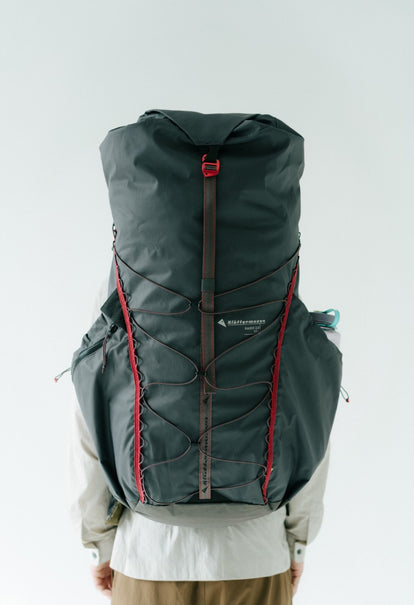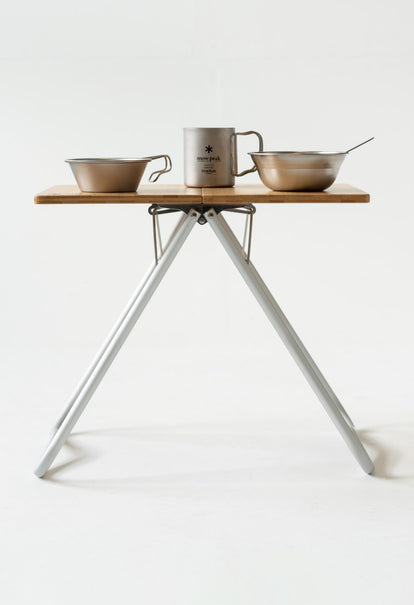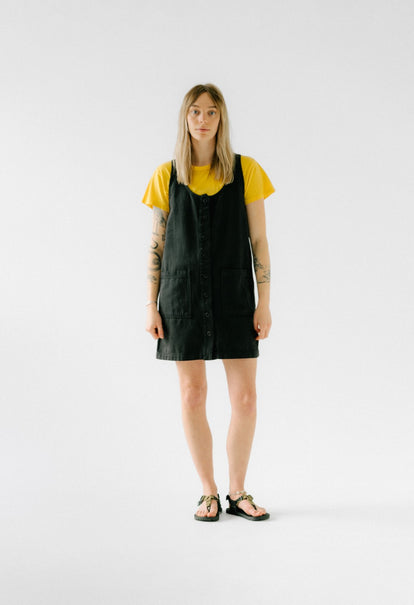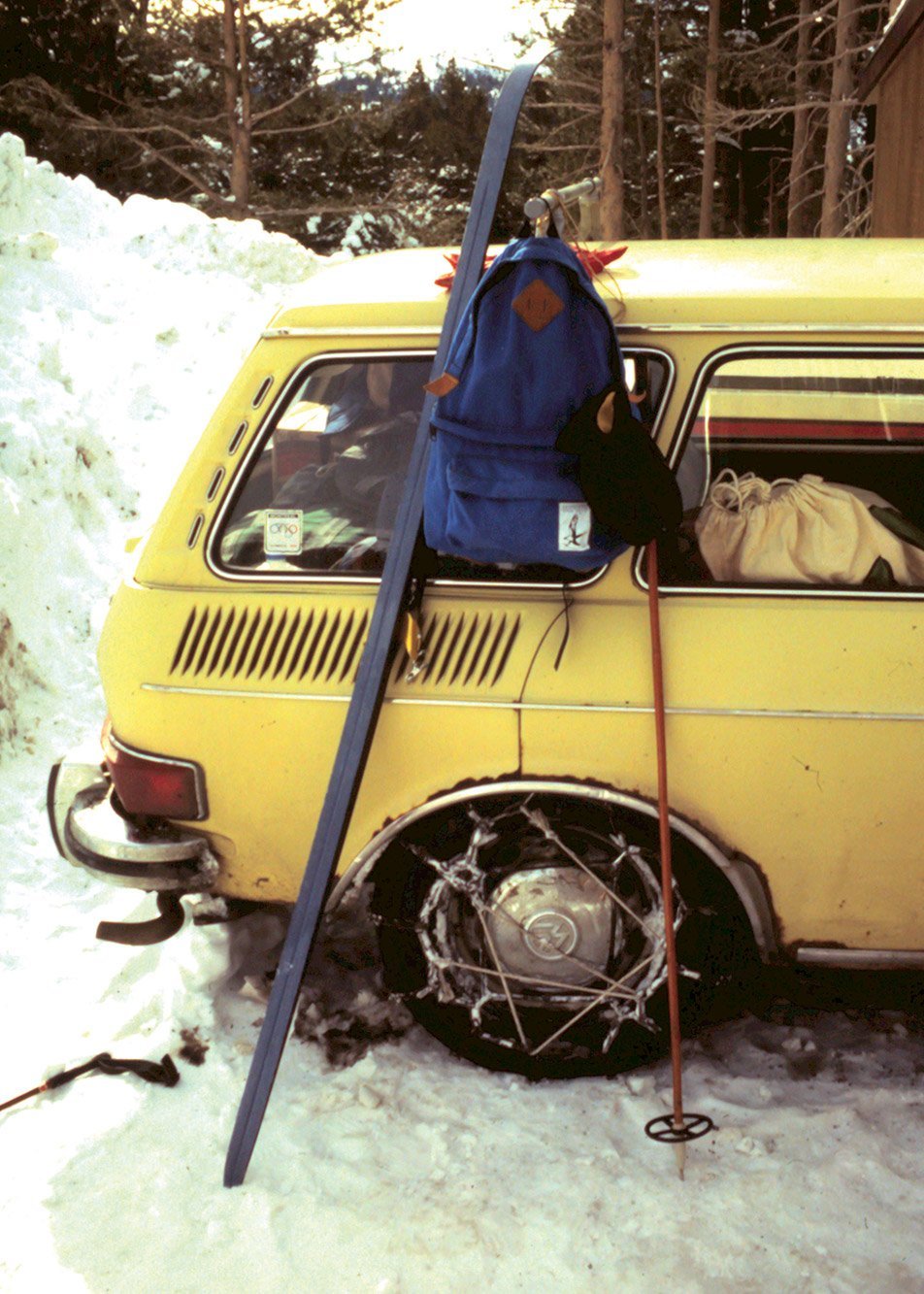
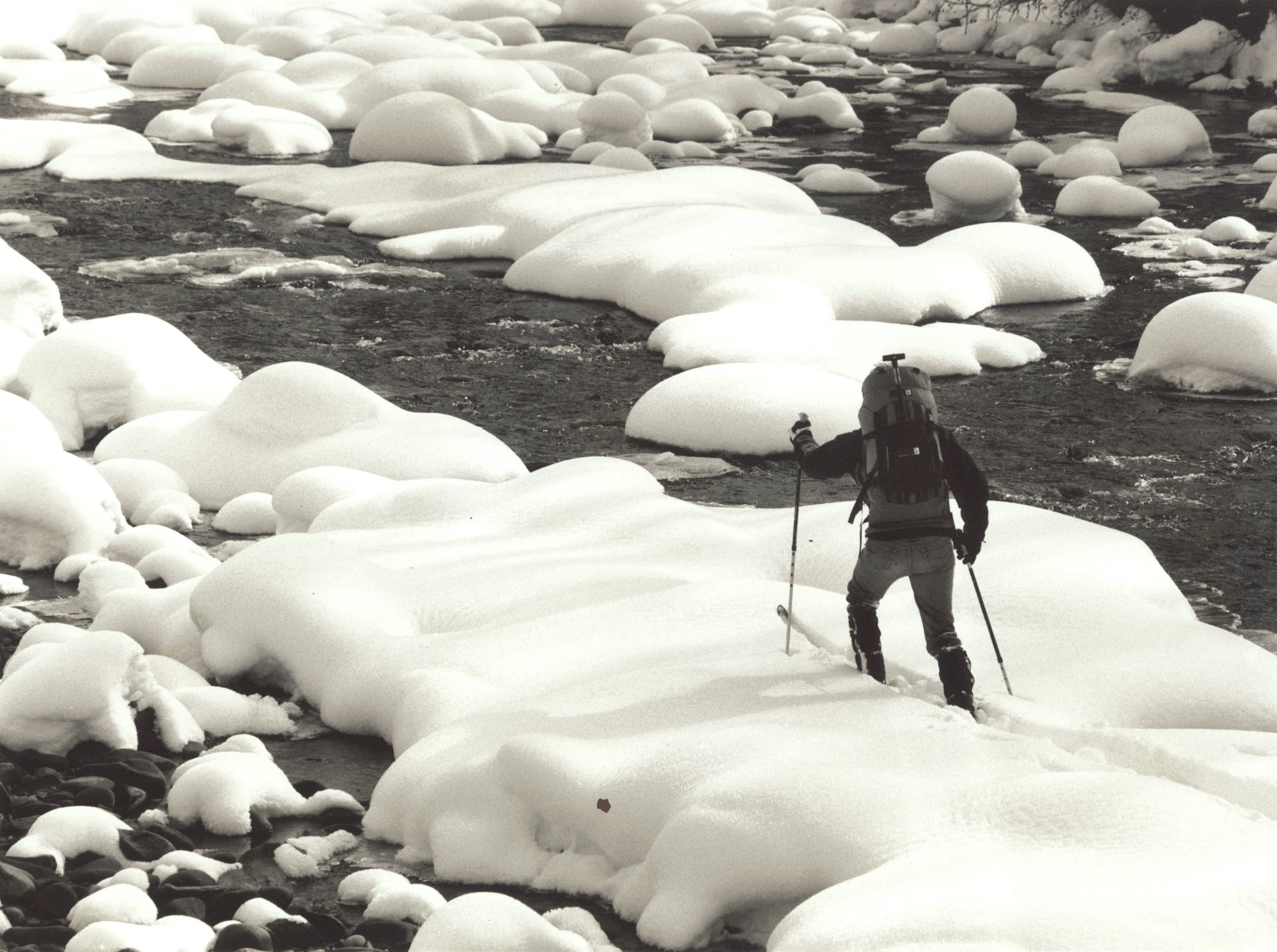
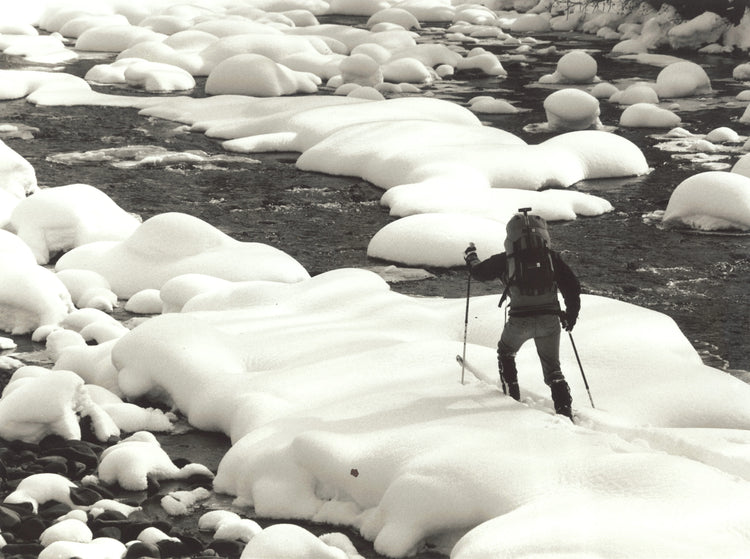
Still Soaring - 50 Years of Osprey Packs
The humble backpack has changed a fair bit over the last 50 years—morphing from clunky canvas sacks to ergonomic extensions of the human form. A good deal of this evolution could probably be traced back to one brand…Osprey—since 1974 this unique brand has ushered in countless innovations whilst never stepping over the edge into gimmickry. Here’s the story behind ‘em.
Before Osprey was Osprey, it was Santa Cruz Recreational Backpacks—a true DIY operation started by Mike Pfotenhauer out of the front of his house in, you guessed it… Santa Cruz. Raised in Oregon, Mike was hiking from a young age, and by his teenage years was already working on his own backpack designs—desperate to create a more comfortable, functional alternative to the basic, clunky packs of the early 70s.
There’s an old black and white photo (below) of a teenage Mike out on a walk which gives you a perfect look at the lo-fi gear the average American hiker was wearing at the time. Nothing technical, no synthetic fabrics, just a flannel shirt, a roll-neck jumper and a pair of jeans like he’s just stepped out of one of the mountain scenes in The Deer Hunter. Down jackets and 60/40 mountain parkas were starting to appear along with lighter, more comfortable boots, but for most the ‘outdoor uniform’ was a hodge-podge of hunting gear, sportswear and army surplus.
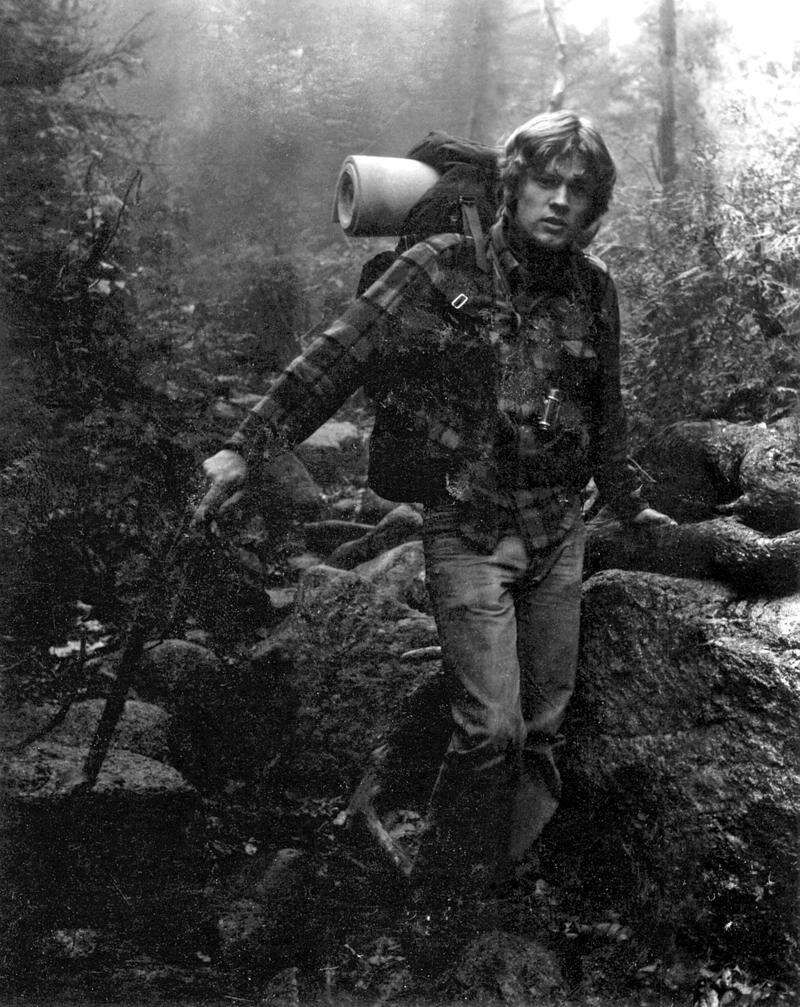
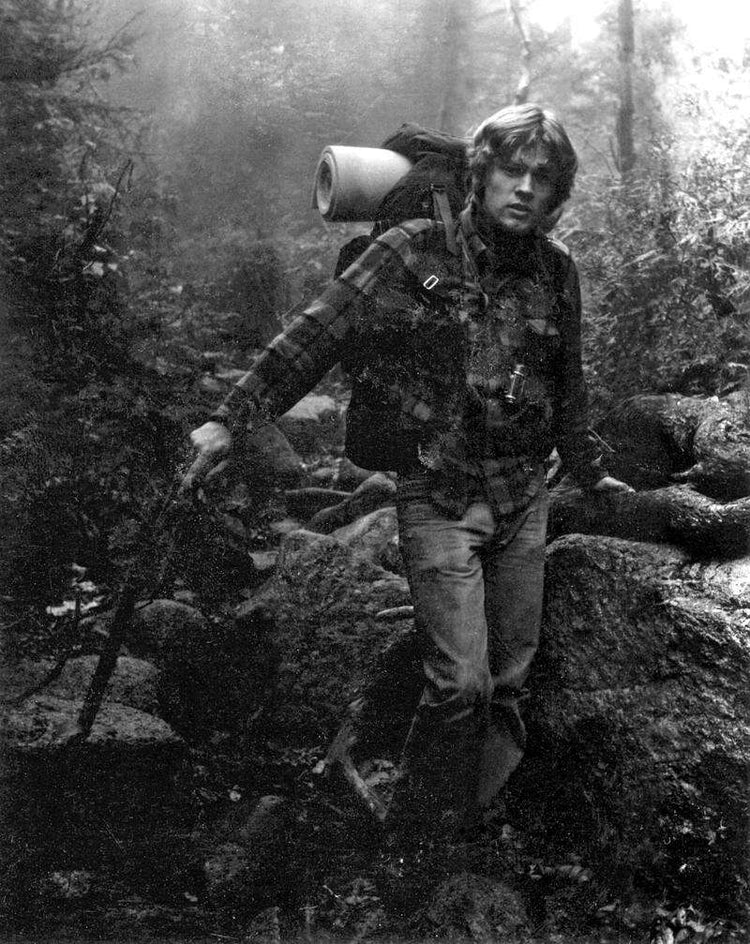
What specialist gear did exist was expensive, and although young brands with fresh ideas were innovating all across the States (and far beyond), getting hold of this actual outdoor gear wasn’t easy, with mail order catalogues often the only way to catch a glimpse of these new developments.
So when Mike wanted a better backpack, he simply made his own. Learning the art of sewing from his mum, at the age of 16 Mike set about stitching together a modern rucksack which wouldn’t just carry his stuff, but would carry it comfortably—applying the knowledge he’d learnt out in the mountains to create something functional that actually fit him.

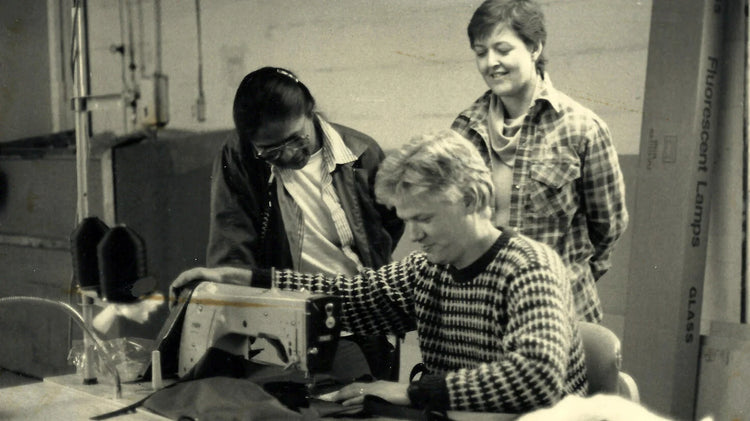

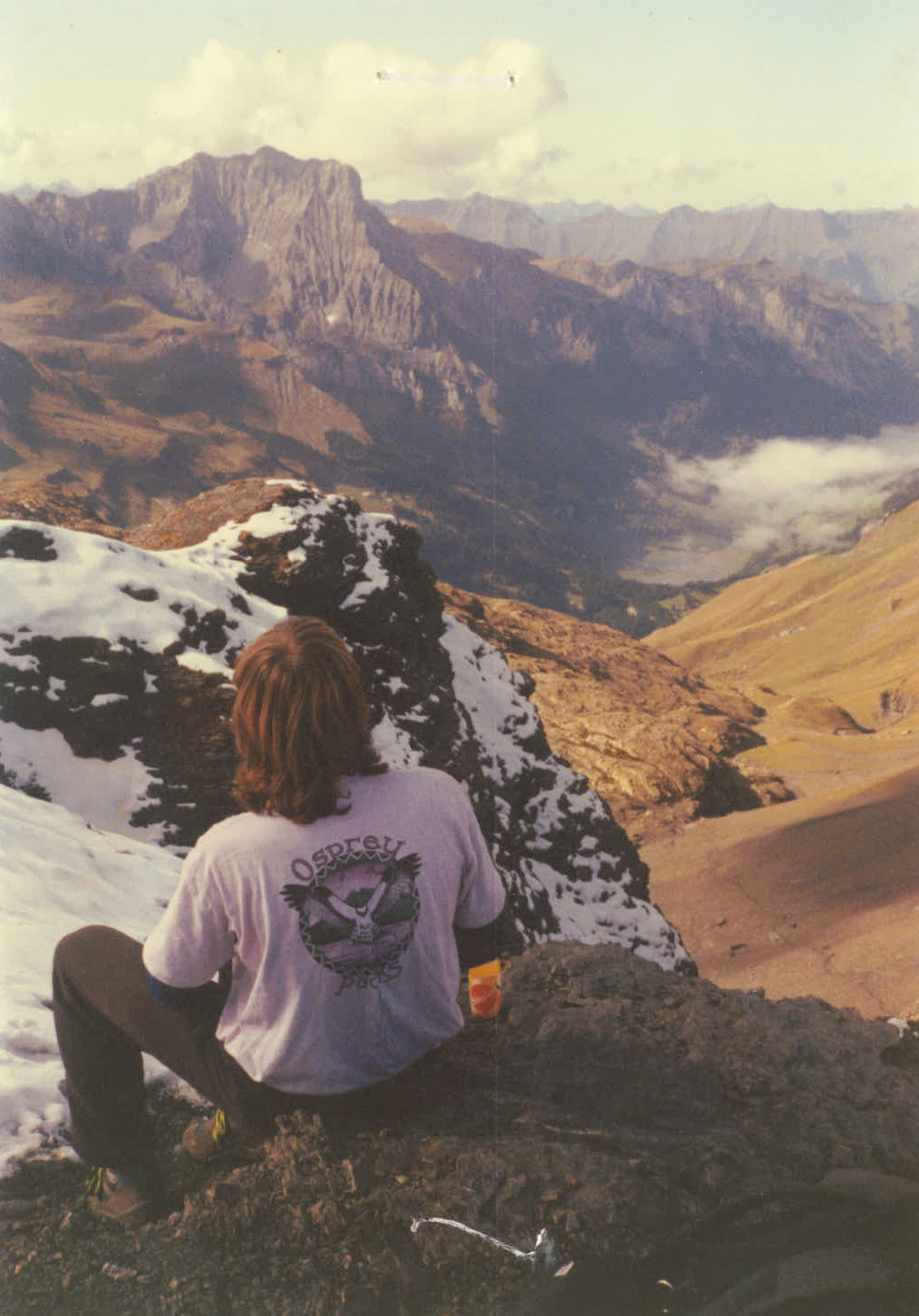
What followed was that age old tale of accidental entrepreneurialism. As with Mike Graham and his ultra-flexible climbing shorts, or Yvon Chouinard and his hand-forged pitons, what started as a simple one-off creation for personal use soon spun into something bigger as friends, family and like-minded wanderers out on the trail started noticing Mike’s clever and considered backpack. It turned out that people liked the idea of a custom-fit backpack tailored to their needs—and soon Mike had a list of folks happy to wait for his handiwork.
From then on, there was never really a let up—with the innovation coming thick and fast. In 1976 came mesh back panels. In 1977 came internal frames. 1979 was the year of the Ariel—the now-classic rucksack still made today, and in 1984 Mike came up with the ingenious idea of allowing the lid of the backpack to be used as a detachable hip pack (sort of like the backpack equivalent of Thunderbirds 4). Mike even innovated in his sleep—and the idea for a new compression strap design reportedly came to him in a dream.
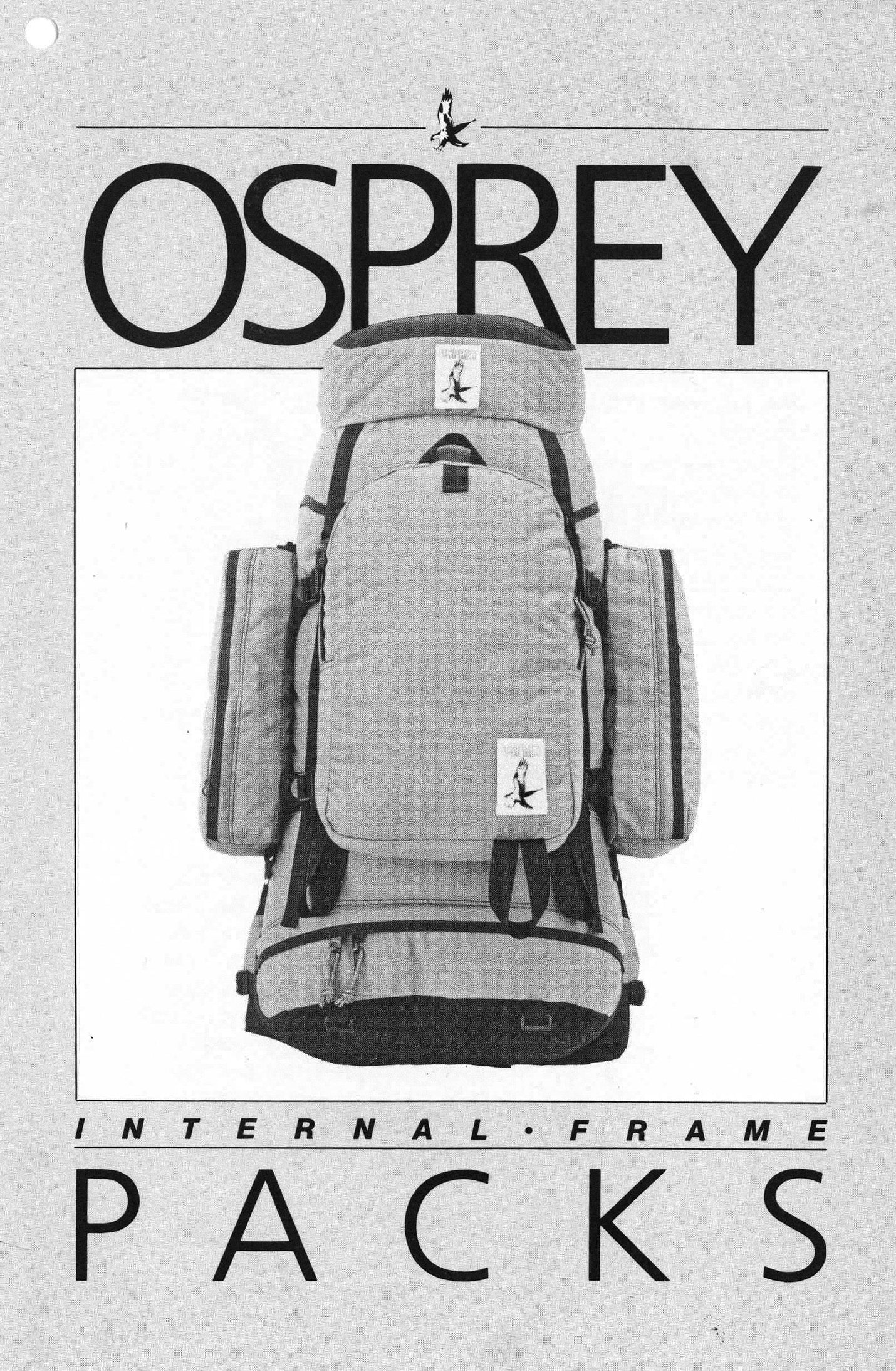
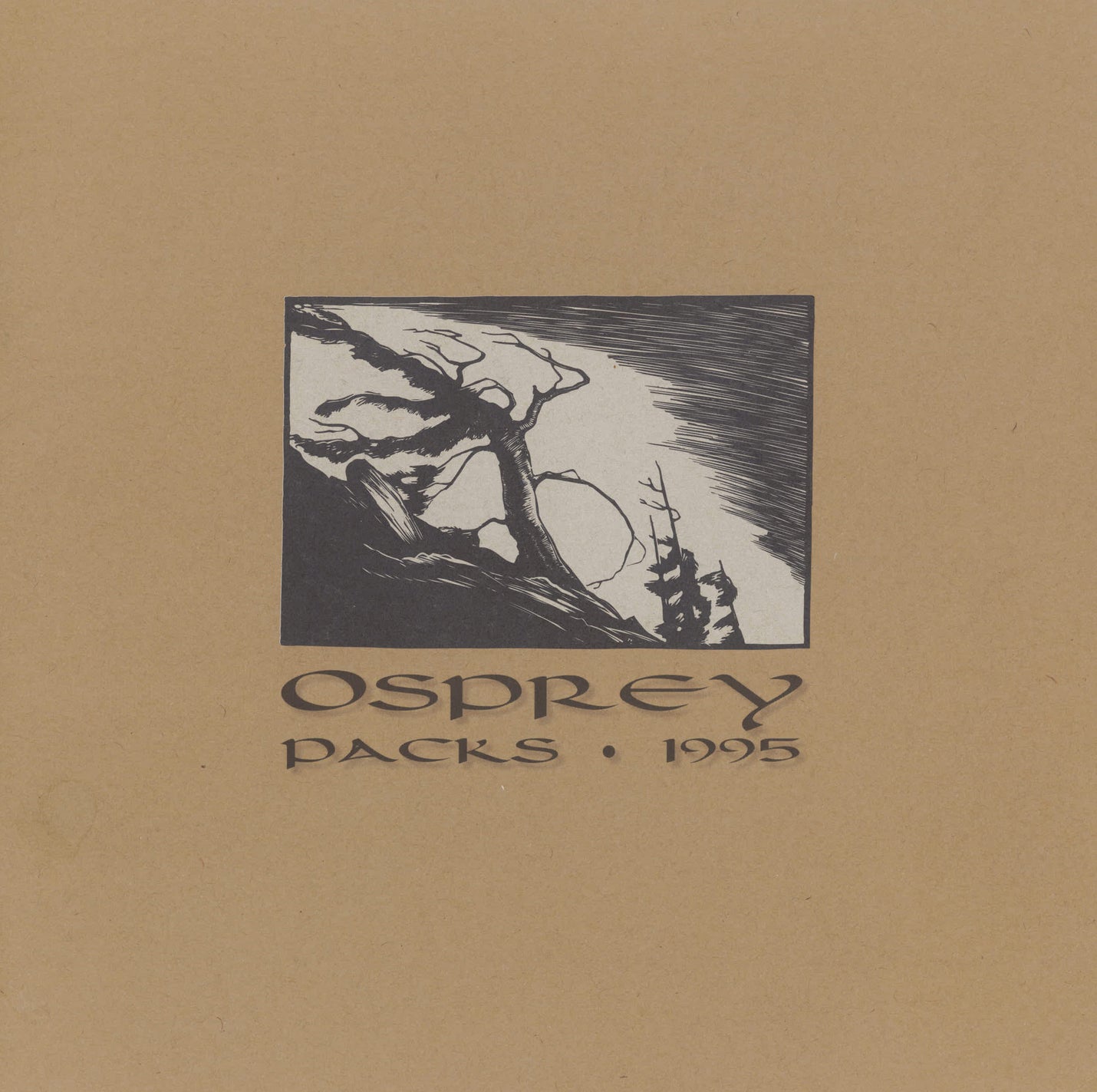
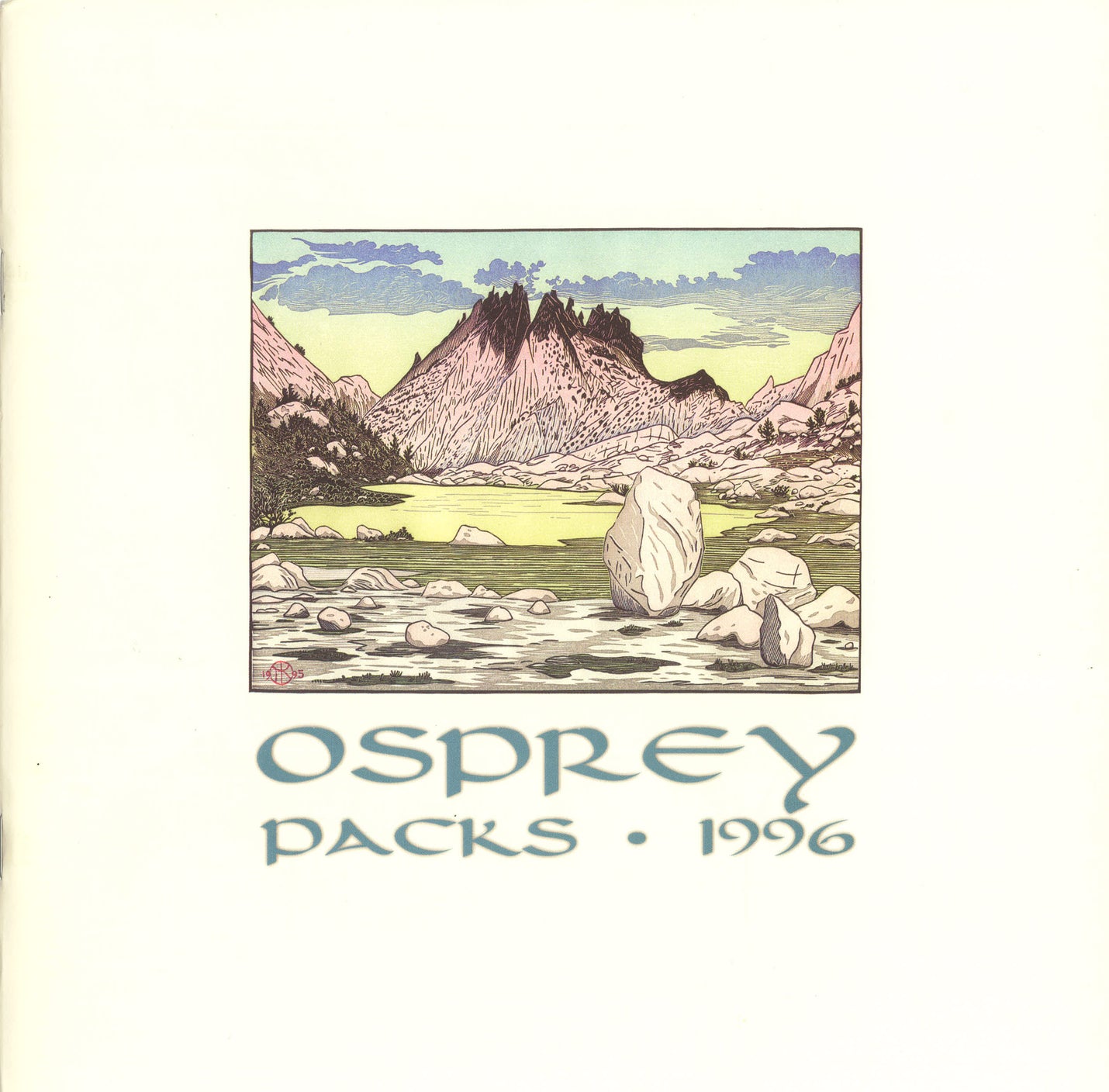
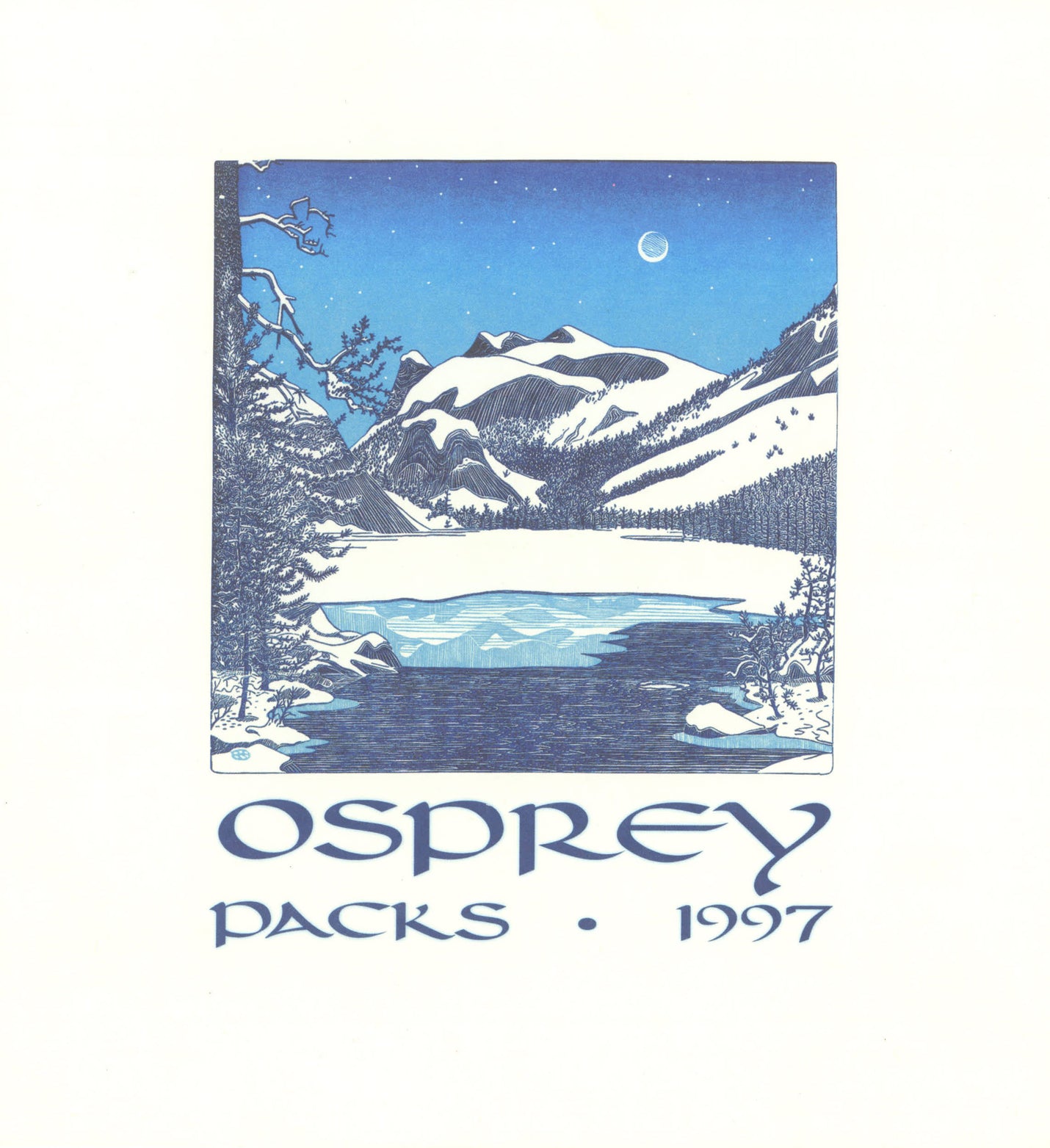
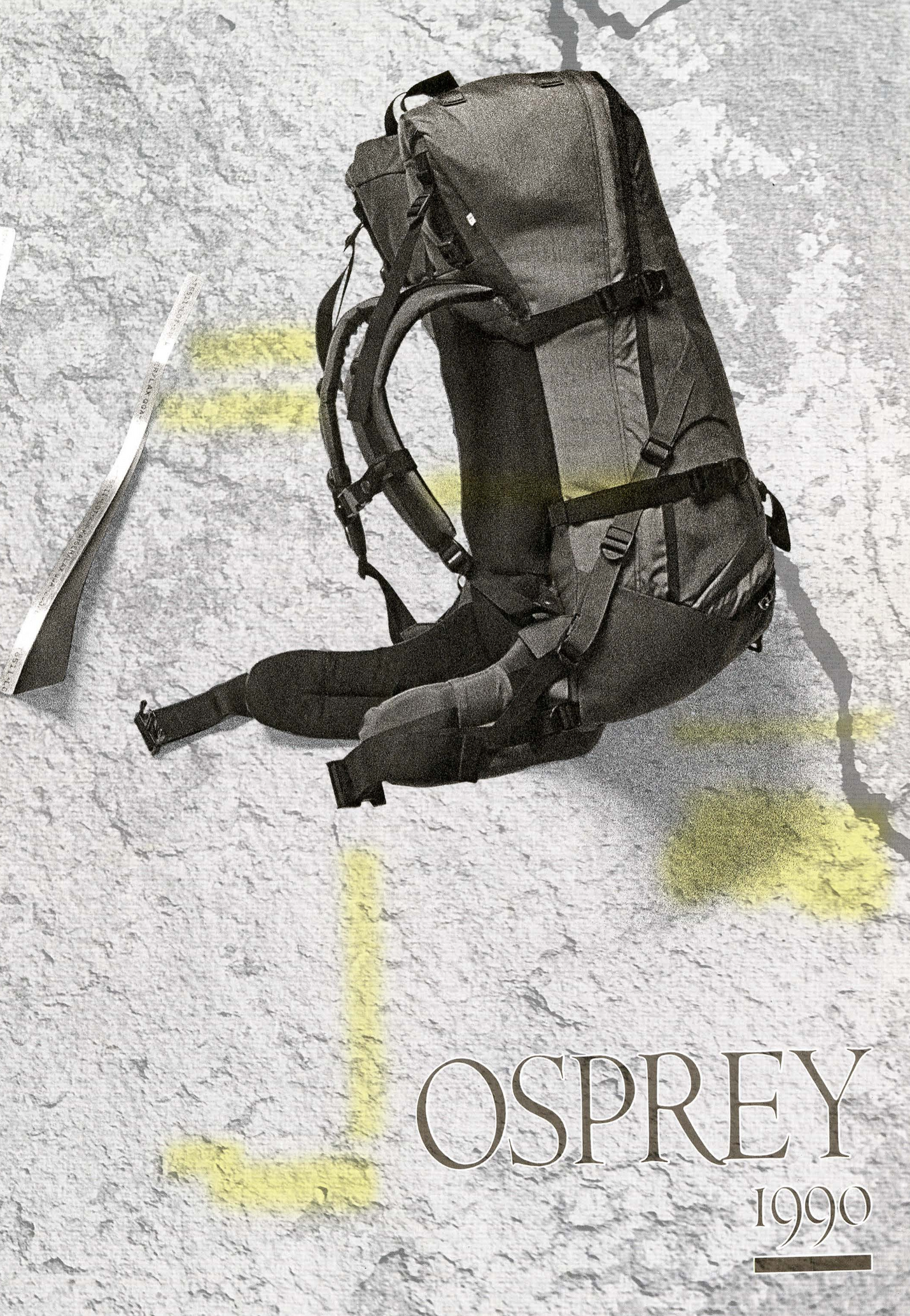
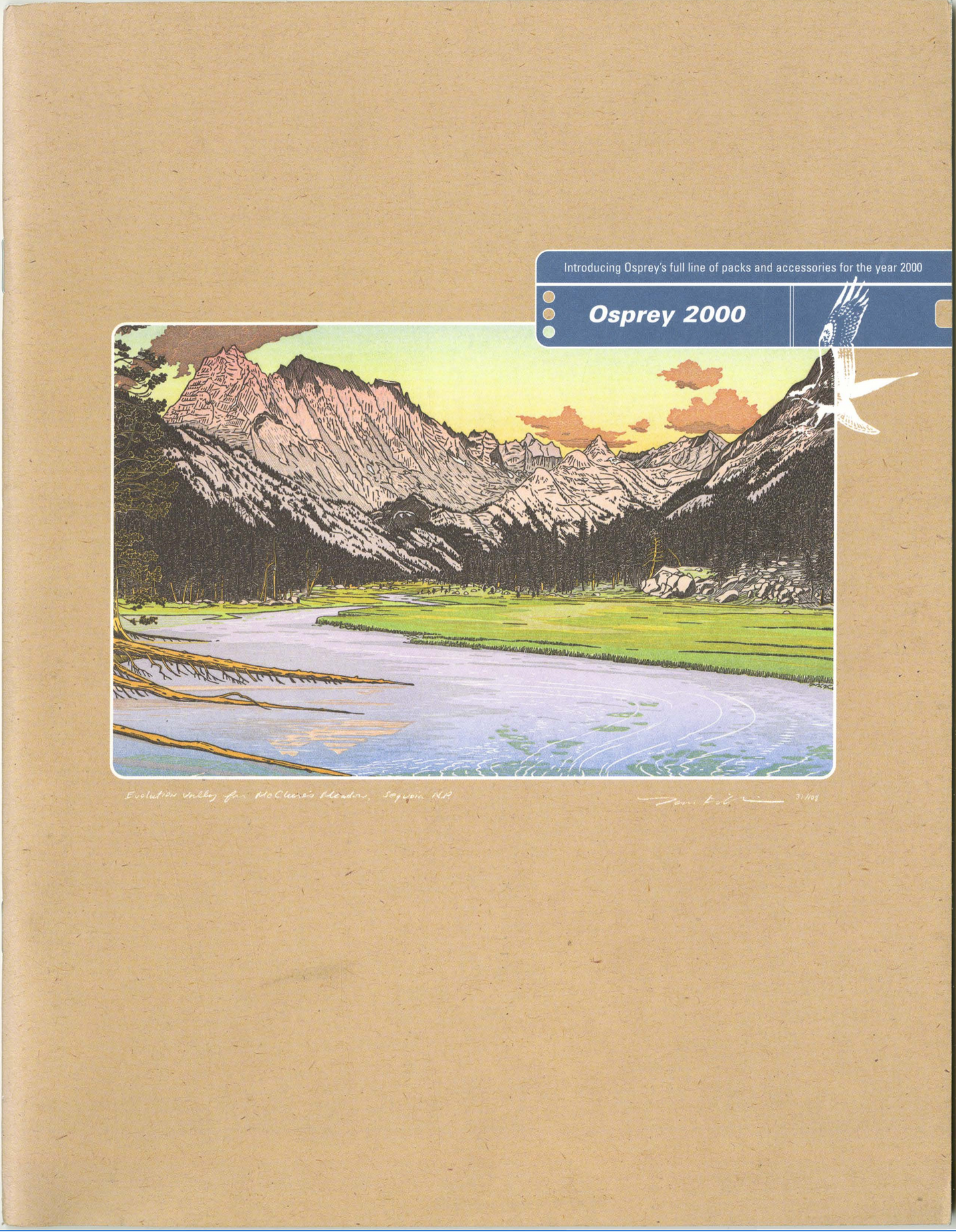
Relocating to Colorado in 1990 (to the old Gore-Tex factory, no less), the brand could have easily sidestepped into making jackets or boots or a thousand other things, but instead they stuck to their guns, focussing firmly on pushing outdoor baggage forward, with designs like the Isis backpack (one of the first real high performance custom-fit women’s backpacks) and the Pika baby carrier (the precursor to the current day Poco).
Merging sculpture with science, Mike’s effortless freehand sketches moved backpack design out of the ‘canvas sack ‘n’ metal frame’ era to something bordering on sci-fi—creating almost Giger-esque packs that actually worked with the body.
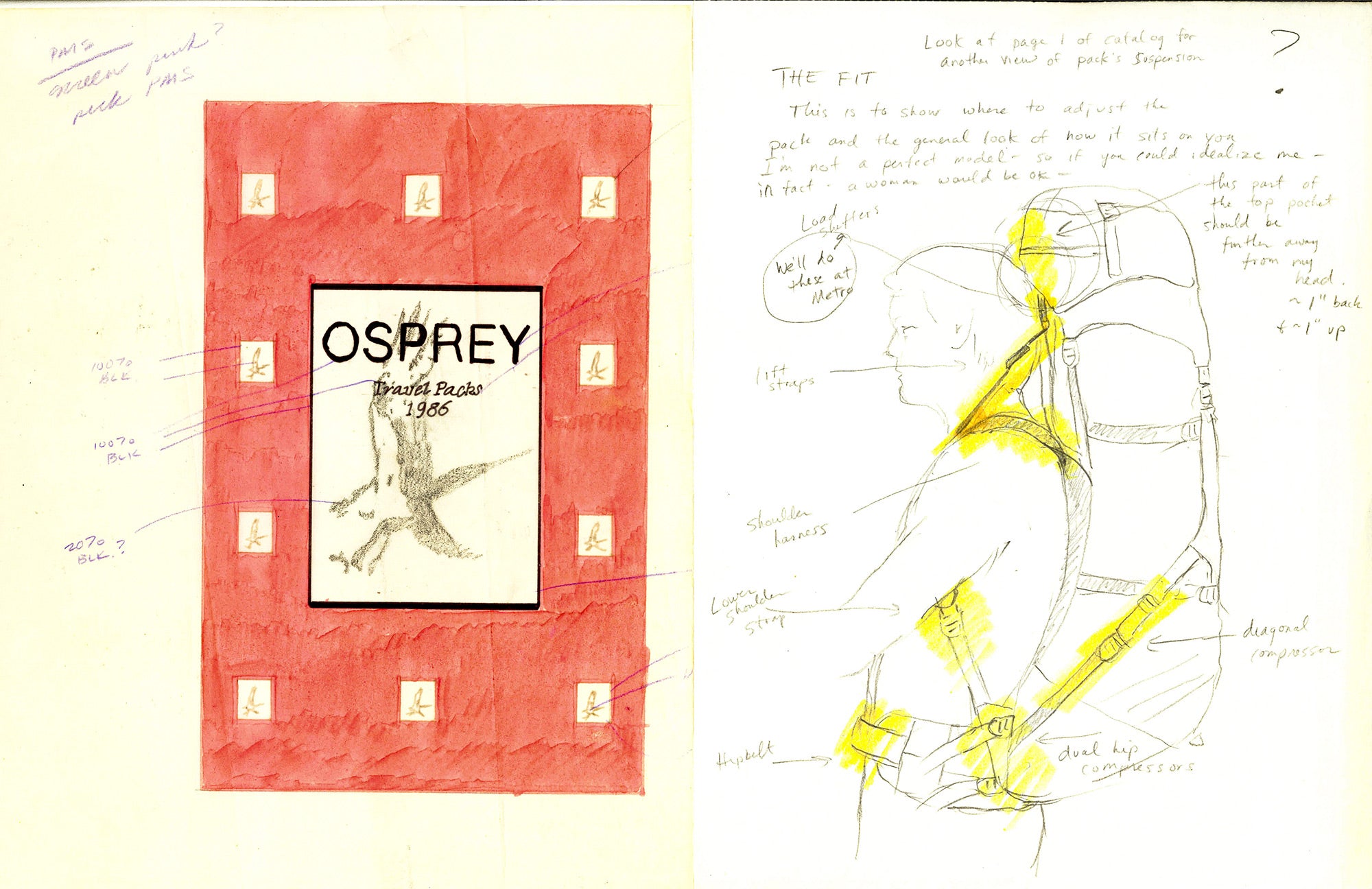
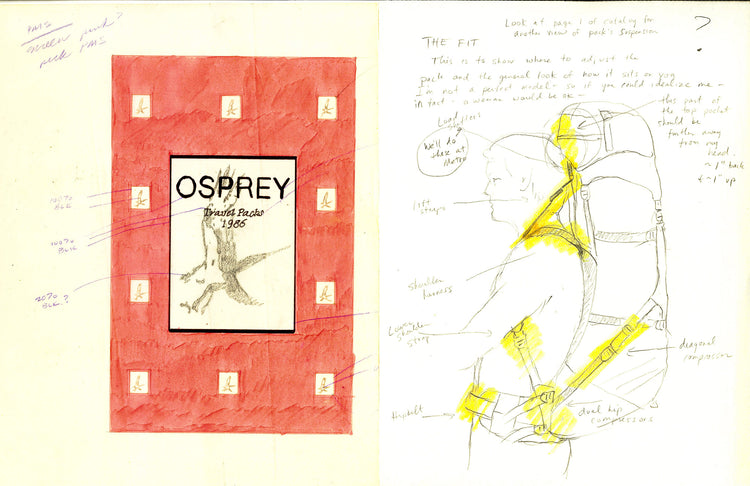
There’s an interview somewhere with Mike where he describes his work as “3D kinetic sculpture”, which pretty much sums up just what a tough job it must be to design backpacks for something as unpredictable as life in the great outdoors. Whilst most designers just have to answer one question, mainly “does it look cool?”, the backpack designer has to consider countless situations—who’s wearing the packback? Where are they going? What are they carrying? Will it suddenly rain when they’re five hours from their car? What about snacks?
As demand grew, Mike kept pondering those questions, and asking new ones—never settling for passable or average. Even when the brand moved production to Vietnam in 2002, it was done in classic Osprey style, with Mike and his family moving to Ho Chi Min for four years to make sure that their exceptional level of quality was maintained.
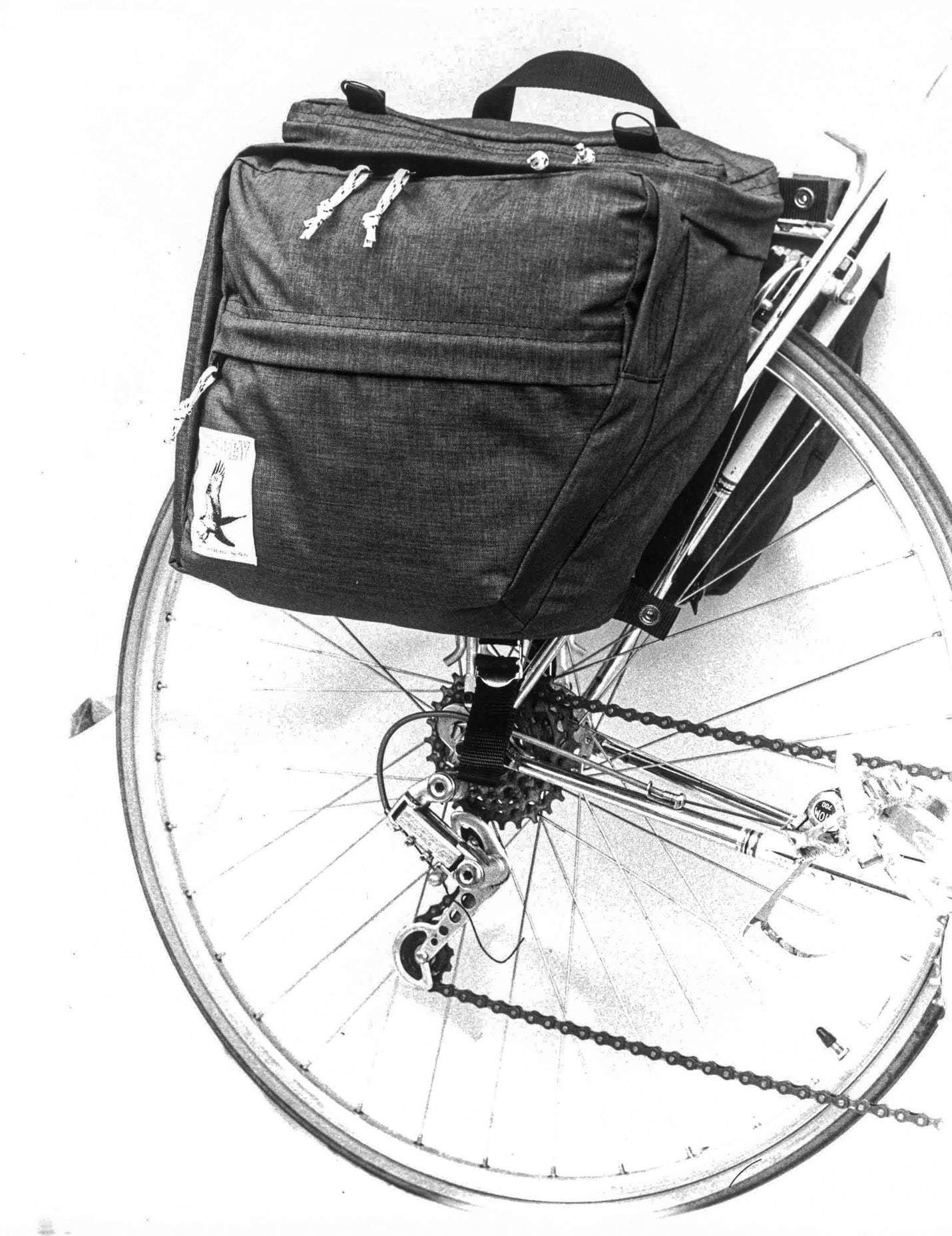
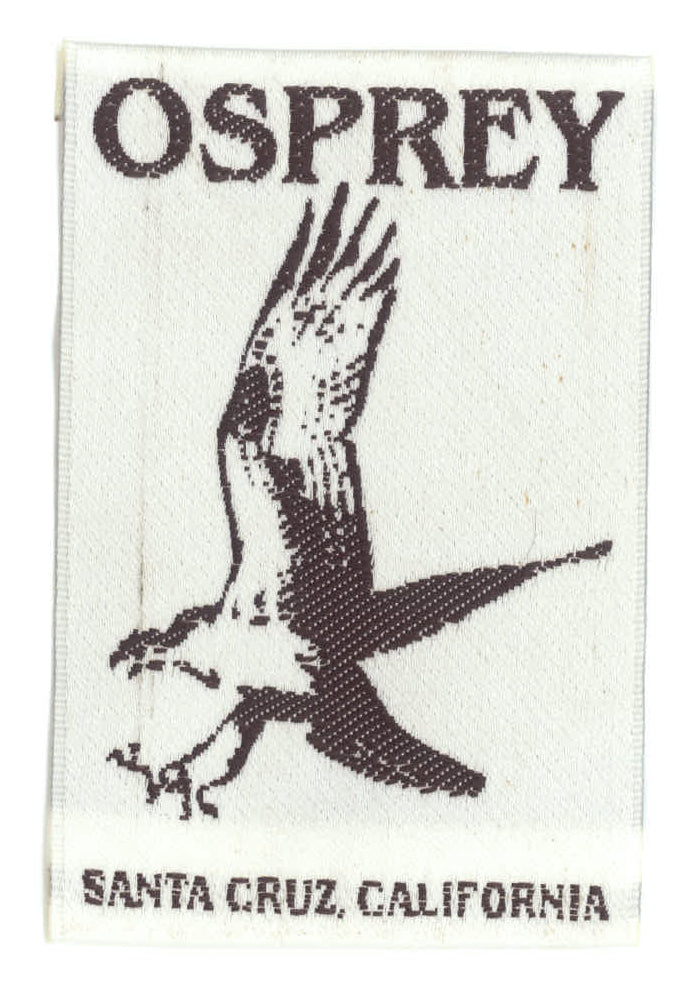
A few years later came the Talon—the multi-award winning backpack and Outsiders favourite which all other daypacks are measured against. Still evolving to this day, this super-light, seriously-honed pack—somehow both maximal in features yet minimal in aesthetic—might seem a long way from the stout rucksacks first sewn by Mike Pfotenhauer back in the 70s, but the vision is the same. Make the best backpack you can make.
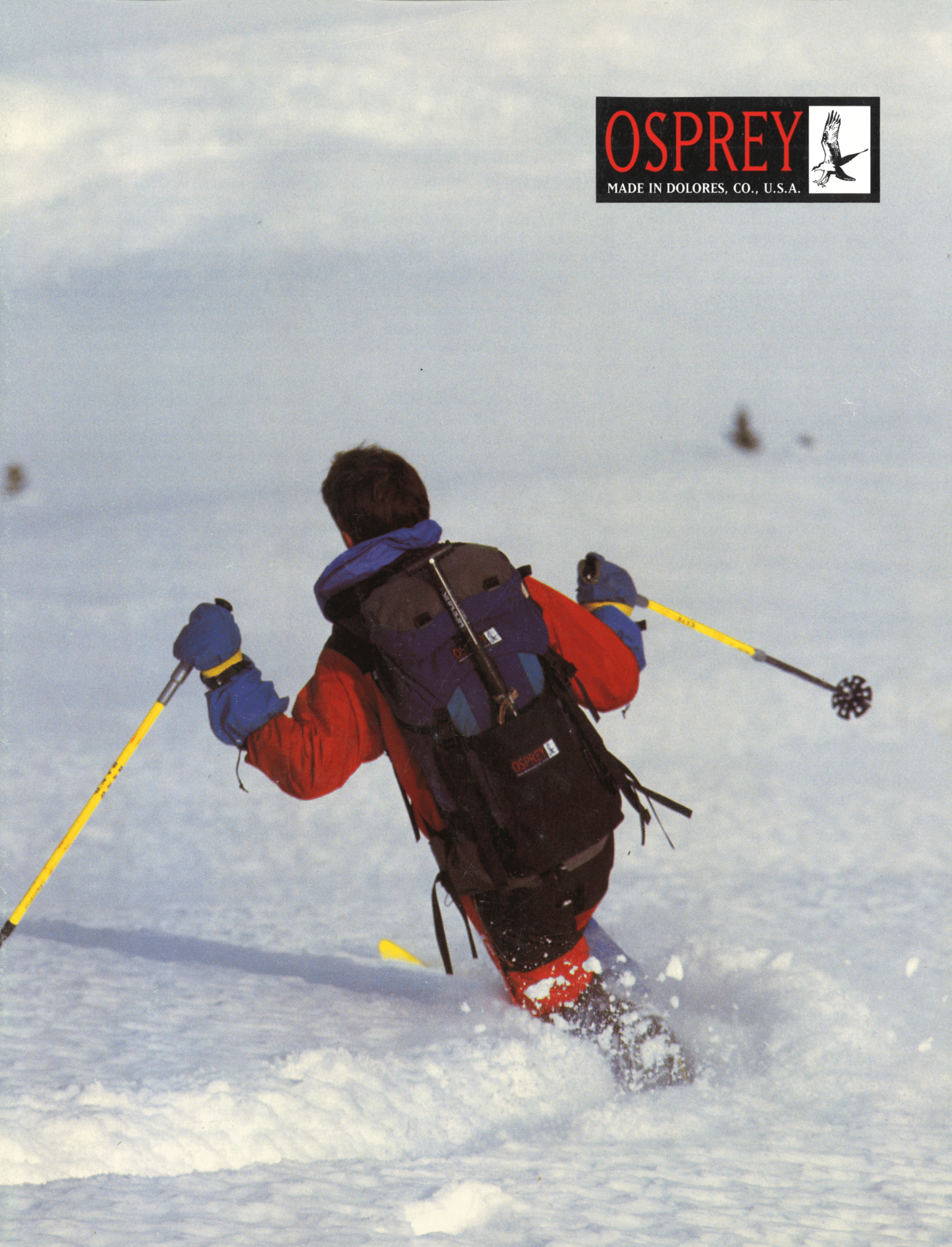
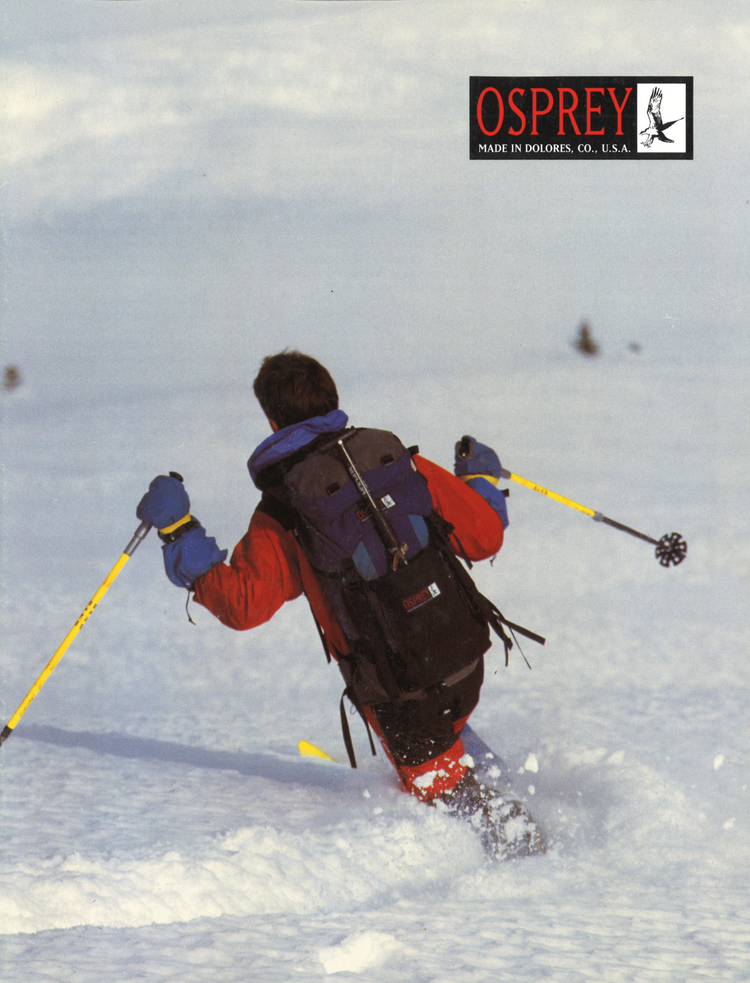
Article by Sam Waller
